معلومات عنا
حقوق الطبع والنشر © 2024 Desertcart Holdings Limited
Desert Online General Trading LLC
Dubai, United Arab Emirates








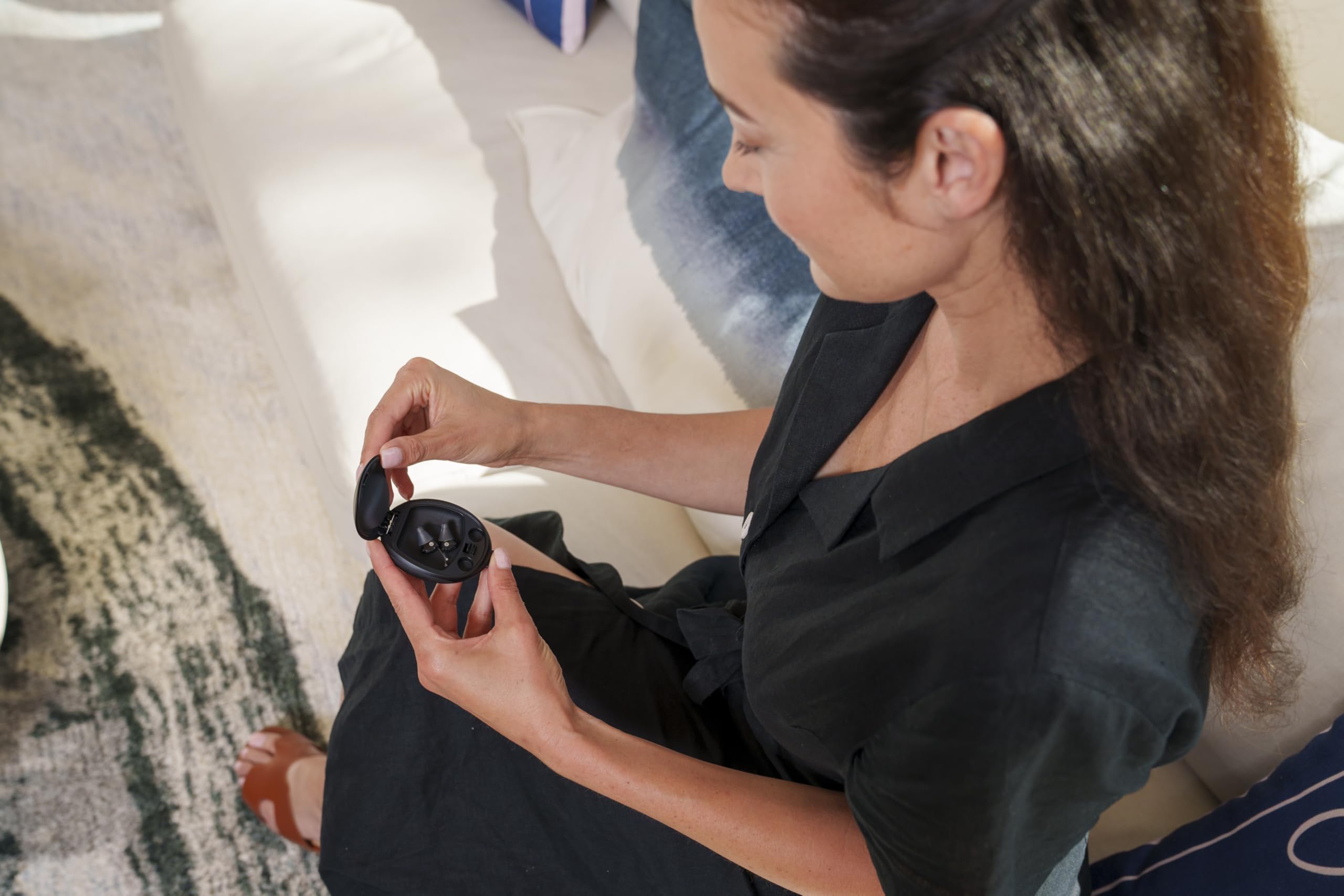





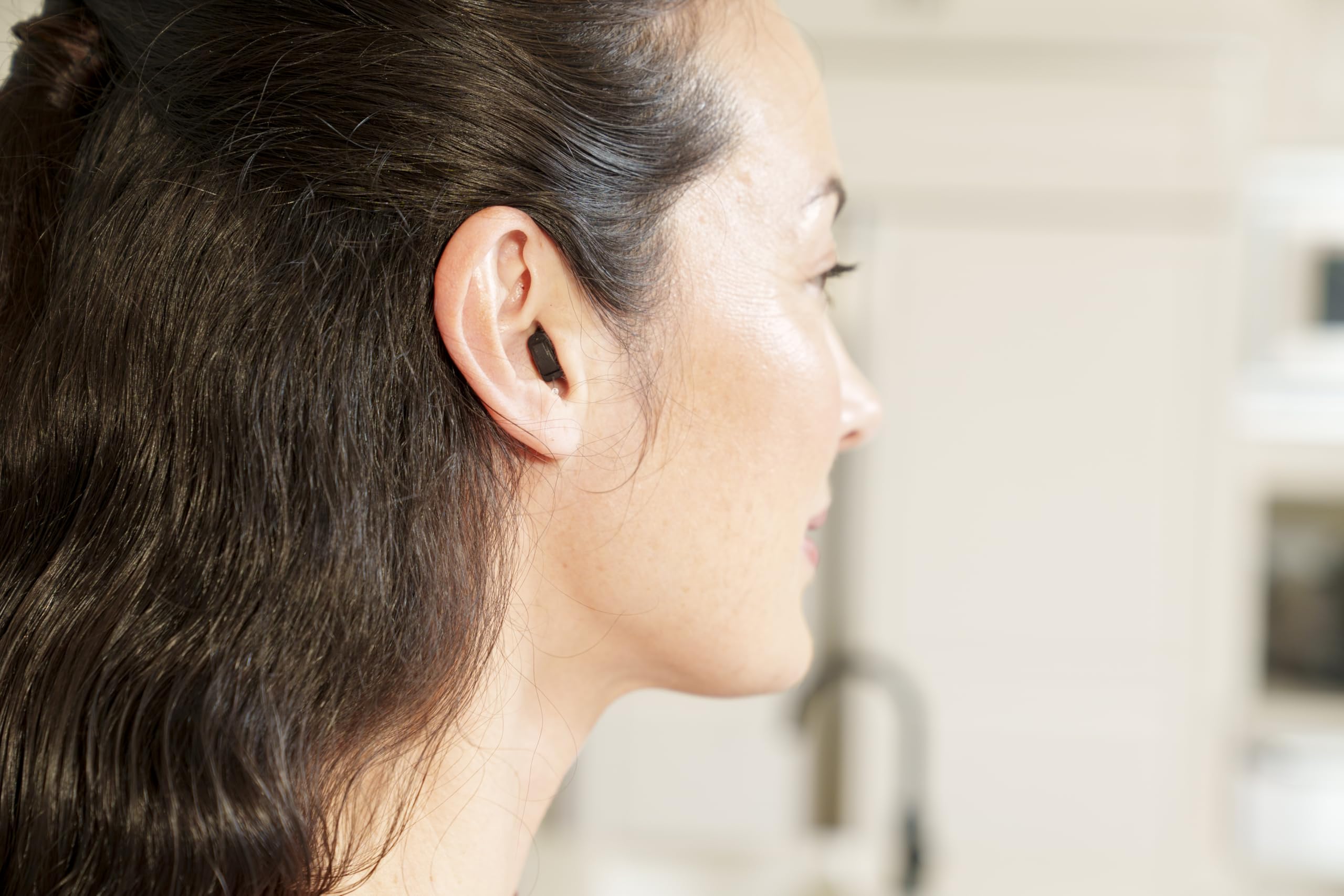
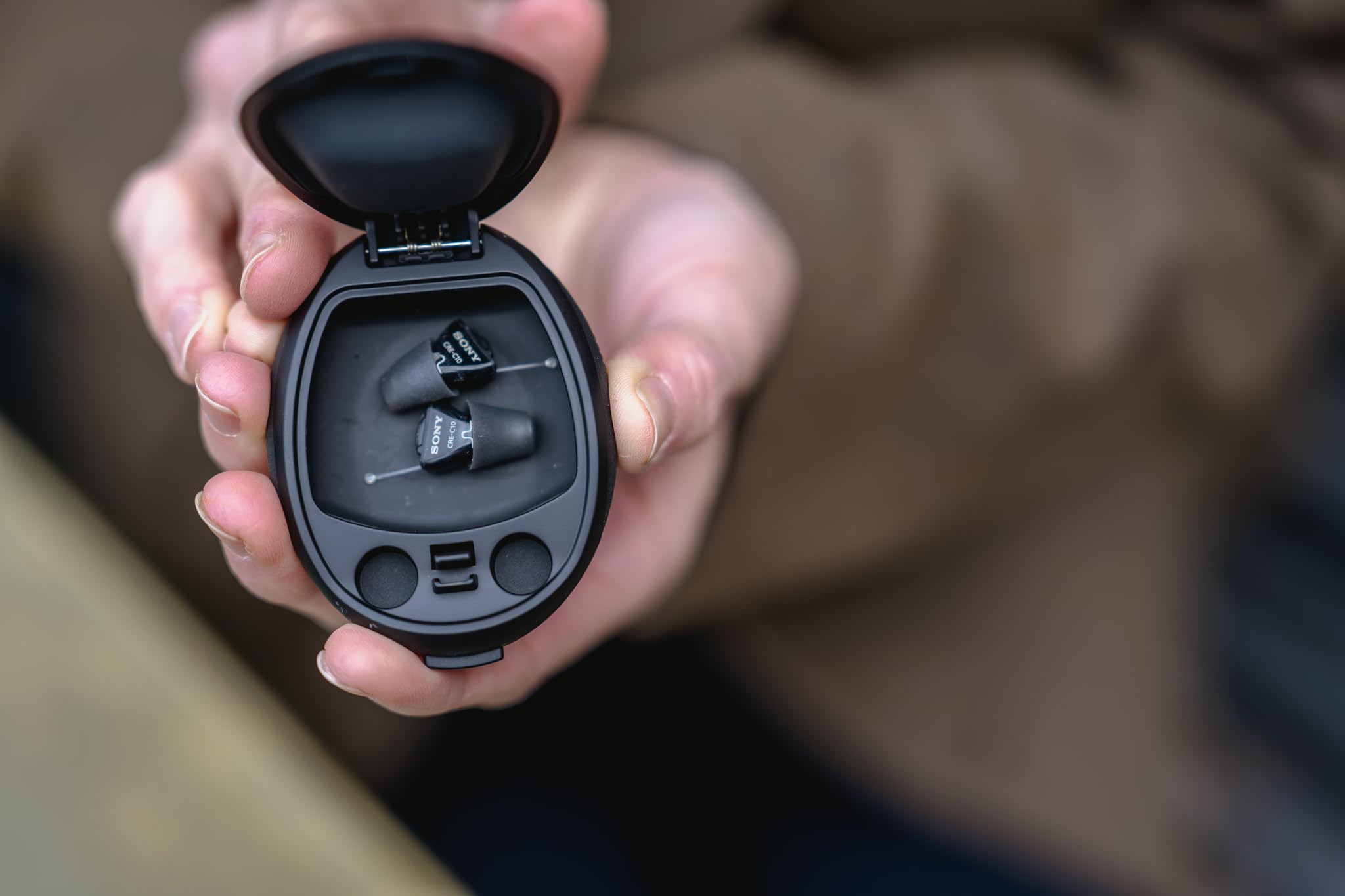


🎧 Hear the future, invisibly and effortlessly.
Sony’s CRE-C10 OTC hearing aids combine prescription-grade sound quality with a sleek, virtually invisible design. FDA-cleared and developed with WS Audiology, these hearing aids offer personalized sound customization through an intuitive app, adaptive environmental adjustments, and up to 70 hours of battery life. Perfectly discreet and comfortable with multiple sleeve sizes, they redefine hearing technology for modern professionals seeking seamless, high-performance audio enhancement.


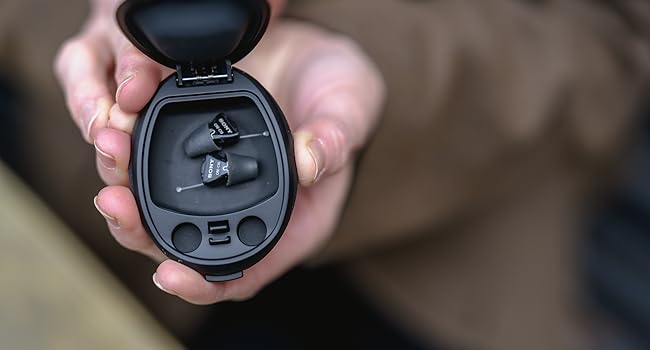

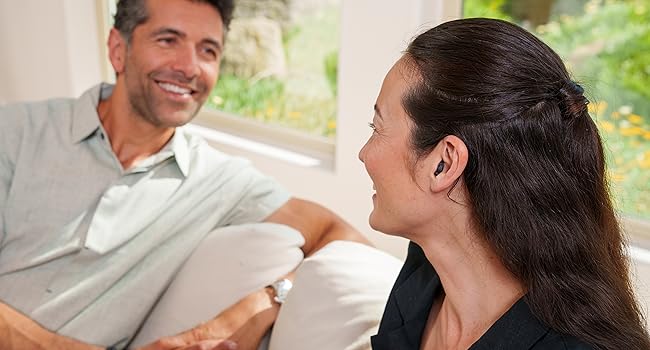







| Control Method | App |
| Control Type | control |
| Unit Count | 1 Count |
| Compatible Devices | Cellphones |
| Cable Features | Without Cable |
| Additional Features | Fits discreetly inside the ear canal for a virtually invisible look, Prescription-grade sound quality, Customize your hearing with the Sony | Hearing control app |
| Enclosure Material | Plastic |
| Headphone Folding Features | In Ear |
| Headphones Ear Placement | In Ear |
| Color | Black |
| Wireless Technology | Wi-Fi |
| Connectivity Technology | Wireless |
| Frequency Range | 8600 Hz |
ترست بايلوت
منذ 3 أسابيع
منذ أسبوع